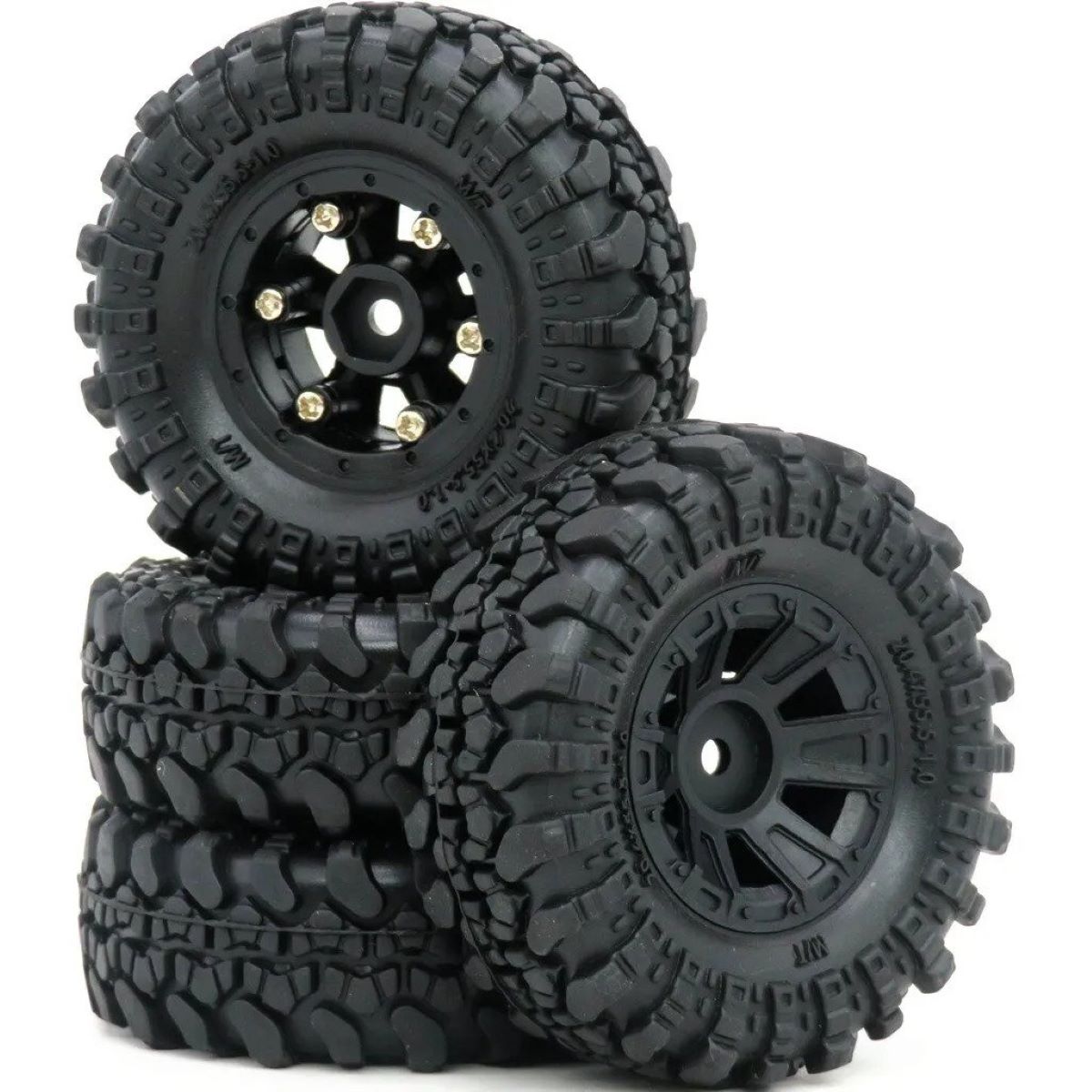

Articles
How To Store Mounted Tires
Modified: January 6, 2024
Get expert tips on how to properly store mounted tires in this informative article. Ensure your tires stay in top condition with our helpful advice.
(Many of the links in this article redirect to a specific reviewed product. Your purchase of these products through affiliate links helps to generate commission for Storables.com, at no extra cost. Learn more)
Introduction
When it comes to storing mounted tires, proper preparation and maintenance are essential to ensure their longevity and performance. Whether you are storing seasonal tires or spare tires, following the right steps will help protect them from damage and maintain their optimal condition when you eventually need to use them again.
This article will guide you through the process of storing mounted tires, from preparing them for storage to finding the right storage space, cleaning and inflating the tires, and finally, storing them properly. By following these steps, you can ensure that your tires are well-preserved and ready to hit the road when you need them.
So, let’s dive into the details of each step and learn how to store mounted tires effectively.
Key Takeaways:
- Properly preparing, cleaning, and inflating mounted tires before storage helps preserve their quality and longevity, ensuring optimal performance when they are needed again.
- Regular inspection and maintenance, along with finding the right storage space, are essential for keeping stored tires in top condition and extending their lifespan.
Read more: How To Store Summer Tires
Step 1: Preparing the Tires
Before you store your mounted tires, it’s important to properly prepare them to minimize the risk of damage and ensure their longevity. Here are the key steps to follow:
- Remove any debris: Inspect the tires and remove any stones, dirt, or debris lodged in the treads. This will prevent potential damage, such as punctures or uneven wear, while in storage.
- Check for damage: Examine the tires for any signs of damage, such as cuts, bulges, or sidewall cracks. If you notice any significant damage, it may be best to have them inspected by a professional before storing them.
- Inspect the valve stems: Ensure that the valve stems are in good condition and not leaking. If you spot any leaks or damage, it’s recommended to replace the valve stems before storage.
- Secure the lug nuts: Check that the lug nuts are tightened securely. Loose lug nuts can cause damage or deform the tire over time, so ensure they are properly torqued.
- Consider tire rotation: If you’re storing your tires for a prolonged period, you may want to rotate them to even out wear. This can help extend the lifespan of your tires and ensure more even performance when you put them back on your vehicle.
By taking these steps to prepare your tires, you’ll minimize the risk of damage and ensure that they are in optimal condition for long-term storage. Once you’ve prepared the tires, it’s time to move on to finding the right storage space.
Step 2: Finding the Right Storage Space
Choosing the proper storage space for your mounted tires is crucial to their well-being during the storage period. Here are some considerations to keep in mind when selecting a storage location:
- Avoid exposure to sunlight: Sunlight can cause the rubber to deteriorate and fade the tire’s color. Keep your tires away from direct sunlight by selecting a storage area that is shielded from the sun’s rays.
- Maintain consistent temperature: Fluctuations in temperature can negatively impact the tire’s structure. Look for a storage space that maintains a consistent temperature, preferably between 40 and 85 degrees Fahrenheit.
- Control humidity levels: High humidity can lead to moisture buildup, which can cause the tires to degrade and develop mold or mildew. Opt for a storage area with low humidity or consider using a dehumidifier to maintain the ideal moisture level.
- Avoid exposure to chemicals: Keep your tires away from substances like oil, solvents, gasoline, or other chemicals that can cause damage or deterioration. Choose a storage space that is clean and free from these harmful substances.
- Ensure proper ventilation: Adequate airflow is essential to prevent moisture accumulation and maintain the integrity of the tires. Avoid storing tires in airtight containers or areas with poor ventilation.
- Consider elevating the tires: If possible, elevate your tires off the ground to prevent moisture damage. You can use pallets, shelves, or tire racks to keep them elevated and reduce the risk of moisture absorption.
By finding a suitable storage space and considering these factors, you can ensure that your mounted tires are protected from environmental elements and preserve their quality during the storage period. Next, let’s move on to cleaning the tires before storage.
Step 3: Cleaning the Tires
Properly cleaning your tires before storing them is an important step to maintain their condition and prevent any potential damage. Here’s how you can clean your mounted tires:
- Rinse off dirt and debris: Use a hose or a pressure washer to rinse off any dirt, mud, or grime from the tires. Make sure to remove any stubborn dirt from the treads using a brush or a tire cleaning tool.
- Use a mild detergent: Fill a bucket with water and add a mild detergent specifically designed for cleaning tires. Scrub the tires with a soft brush or a sponge, focusing on areas with heavy dirt buildup.
- Rinse thoroughly: After scrubbing, rinse the tires thoroughly with clean water to remove any soap residue. Ensure that all cleaning agents are completely washed off.
- Dry the tires completely: Before storing the tires, make sure they are completely dry. Use a clean towel or allow them to air dry naturally. Moisture can lead to mold or mildew growth during storage.
- Apply a tire protectant: Consider applying a tire protectant or conditioner to the rubber surface. This can help prevent cracking and drying out over time. Follow the manufacturer’s instructions for the application.
By following these steps, you can remove dirt and contaminants from your tires, ensuring they are clean and ready for storage. Clean tires not only look great but also maintain their quality and performance. Now that your tires are clean, let’s move on to the next step – inflating the tires.
When storing mounted tires, make sure to keep them in a cool, dry place away from direct sunlight and sources of heat. It’s also important to stack them horizontally to prevent any distortion or damage to the tires.
Step 4: Inflating the Tires
Before storing your mounted tires, it’s important to properly inflate them to the recommended pressure. Here’s how you can ensure your tires are inflated correctly:
- Refer to the manufacturer’s recommendations: Check the owner’s manual or consult the tire manufacturer’s guidelines to determine the recommended tire pressure for your specific tires.
- Inspect the tire pressure: Use a tire pressure gauge to measure the current pressure in each tire. If they are underinflated, use an air compressor to add air until they reach the recommended pressure.
- Avoid overinflating the tires: Be cautious not to overinflate the tires, as this can cause them to become rigid and potentially lead to damage or tire blowouts. Stick to the recommended pressure.
- Check for leaks: After inflating the tires, inspect them for any signs of leaks. Use soapy water or a tire leak detection solution to identify any bubbles, indicating air leaks that need to be fixed before storage.
Properly inflated tires will help preserve their shape, prevent flat spots from developing, and ensure they are ready for use when you retrieve them from storage. Now that your tires are properly inflated, it’s time to move on to the next step – storing the tires.
Read more: How To Store Tires
Step 5: Storing the Tires
Now that your mounted tires are prepared, cleaned, and properly inflated, it’s time to store them in a way that preserves their condition and minimizes any potential damage. Here’s how to store your tires effectively:
- Remove additional weight: If your tires have any additional weight, such as wheel covers or hubcaps, remove them before storage. This will reduce the risk of deformation or stress on the tires.
- Keep tires upright or stacked: Store your tires upright or stack them horizontally if you have multiple sets. If stacking, place a barrier, such as cardboard or a tire storage bag, between each tire to prevent sidewall damage.
- Avoid contact with the ground: If storing tires upright, use a tire rack or a properly-sized stand to keep them elevated off the ground. If stacking, ensure the bottom tire is not in contact with the floor, as moisture can seep in and cause damage.
- Consider using tire bags or covers: Investing in tire storage bags or tire covers can provide an extra layer of protection against dust, UV rays, and other potential harm. Make sure the bags or covers are clean and dry before placing them over the tires.
- Store in a cool, dry place: Find a storage area that is cool, dry, and well-ventilated. Avoid areas that are prone to extreme temperature fluctuations, moisture, or exposure to direct sunlight.
- Avoid storing near corrosive substances: Keep your tires away from any corrosive materials, such as oil, solvents, or chemicals. These substances can degrade the rubber and affect the tire’s overall performance.
By following these guidelines and storing your tires properly, you can ensure that they remain in excellent condition during their time in storage. Now that your tires are safely stored, let’s move on to the final step – regular inspection and maintenance.
Step 6: Regular Inspection and Maintenance
Even though your mounted tires are in storage, it’s important to perform regular inspections and maintenance to ensure their continued quality. Here are some key steps to follow:
- Inspect the tires periodically: Check your stored tires every few months for any signs of damage, such as cracks, bulges, or cuts. If you notice any issues, have them inspected by a professional before using them.
- Rotate the tires: If you’re storing your tires for an extended period, consider rotating them every 6-12 months. This helps prevent flat spots and ensures even wear when you eventually put them back on your vehicle.
- Monitor tire pressure: Regularly check the tire pressure to ensure they maintain the recommended levels. Changes in temperature can cause slight fluctuations, so make adjustments as needed to keep them within the proper range.
- Reapply tire protectant: If necessary, reapply a tire protectant or conditioner to keep the rubber in good condition. Follow the manufacturer’s instructions for application to maintain the tire’s longevity.
By performing these regular inspections and maintenance tasks, you can catch any potential issues early on and ensure that your stored tires are ready for use when you need them. Keeping the tires in good condition throughout the storage period will also help prolong their lifespan. Now that you are familiar with the steps for regular inspection and maintenance, it’s time to wrap up.
Conclusion
Properly storing mounted tires is essential for preserving their quality and ensuring optimal performance when you need them. By following the steps outlined in this article, you can protect your tires from damage and maintain their longevity during the storage period.
From preparing the tires by removing debris and checking for damage, to finding the right storage space that offers protection from sunlight, temperature fluctuations, and humidity, every step plays a crucial role in maintaining tire quality. Cleaning the tires, inflating them to the recommended pressure, and storing them in an upright position or stacked with proper insulation further enhances their preservation.
Regular inspection and maintenance, including checking for damage, rotating the tires, monitoring tire pressure, and reapplying tire protectant, ensure that your stored tires remain in top condition throughout the storage period.
Remember to refer to the manufacturer’s guidelines for specific tire maintenance recommendations and always exercise caution when handling and storing tires.
By investing a little time and effort into properly storing your mounted tires, you can extend their lifespan, ensure their performance when you need them, and ultimately save money by avoiding frequent replacements.
Now that you have learned the process of storing mounted tires effectively, you can safely store your tires, knowing they’ll be ready to hit the road again when you need them.
Frequently Asked Questions about How To Store Mounted Tires
Was this page helpful?
At Storables.com, we guarantee accurate and reliable information. Our content, validated by Expert Board Contributors, is crafted following stringent Editorial Policies. We're committed to providing you with well-researched, expert-backed insights for all your informational needs.
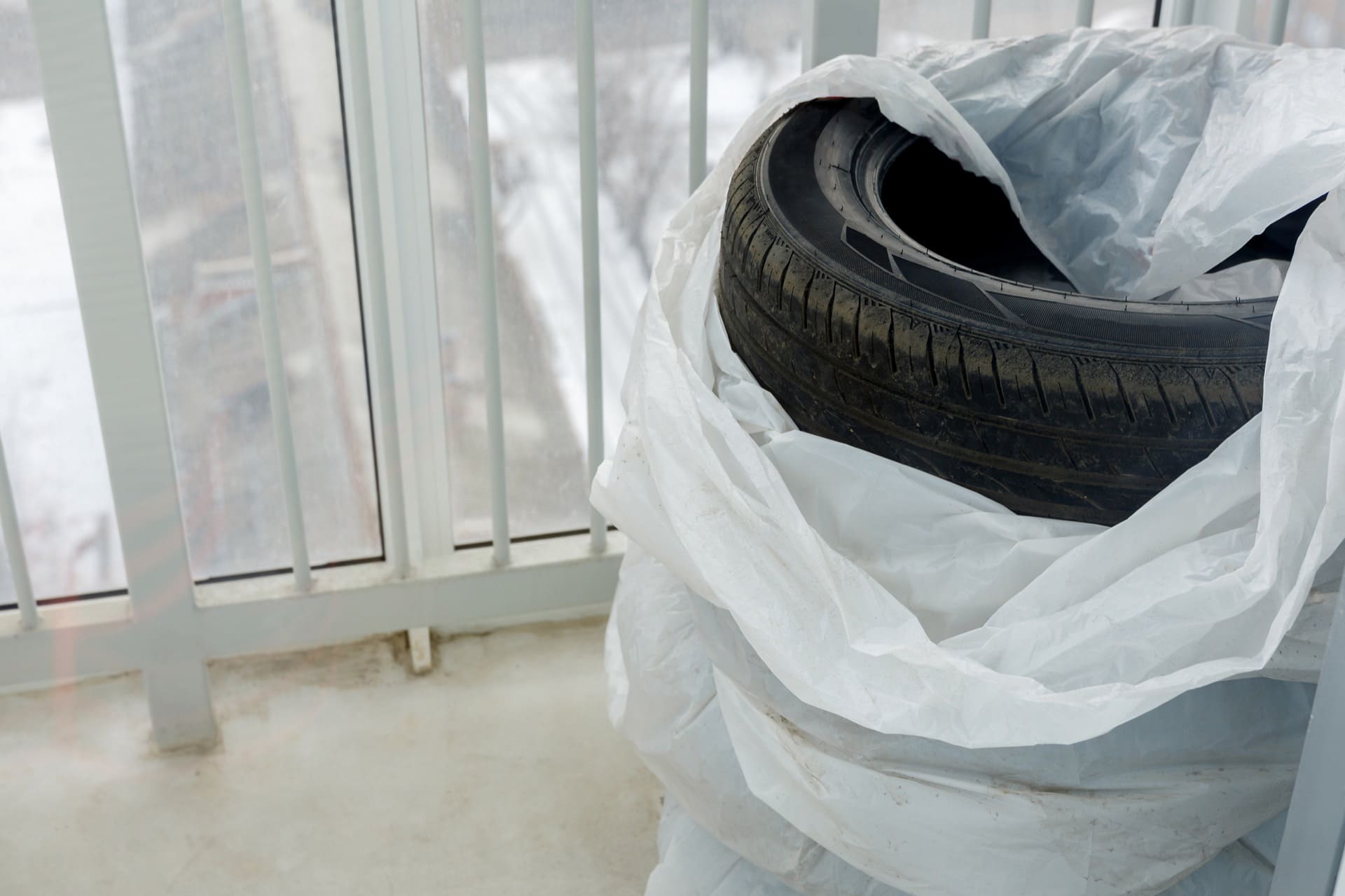
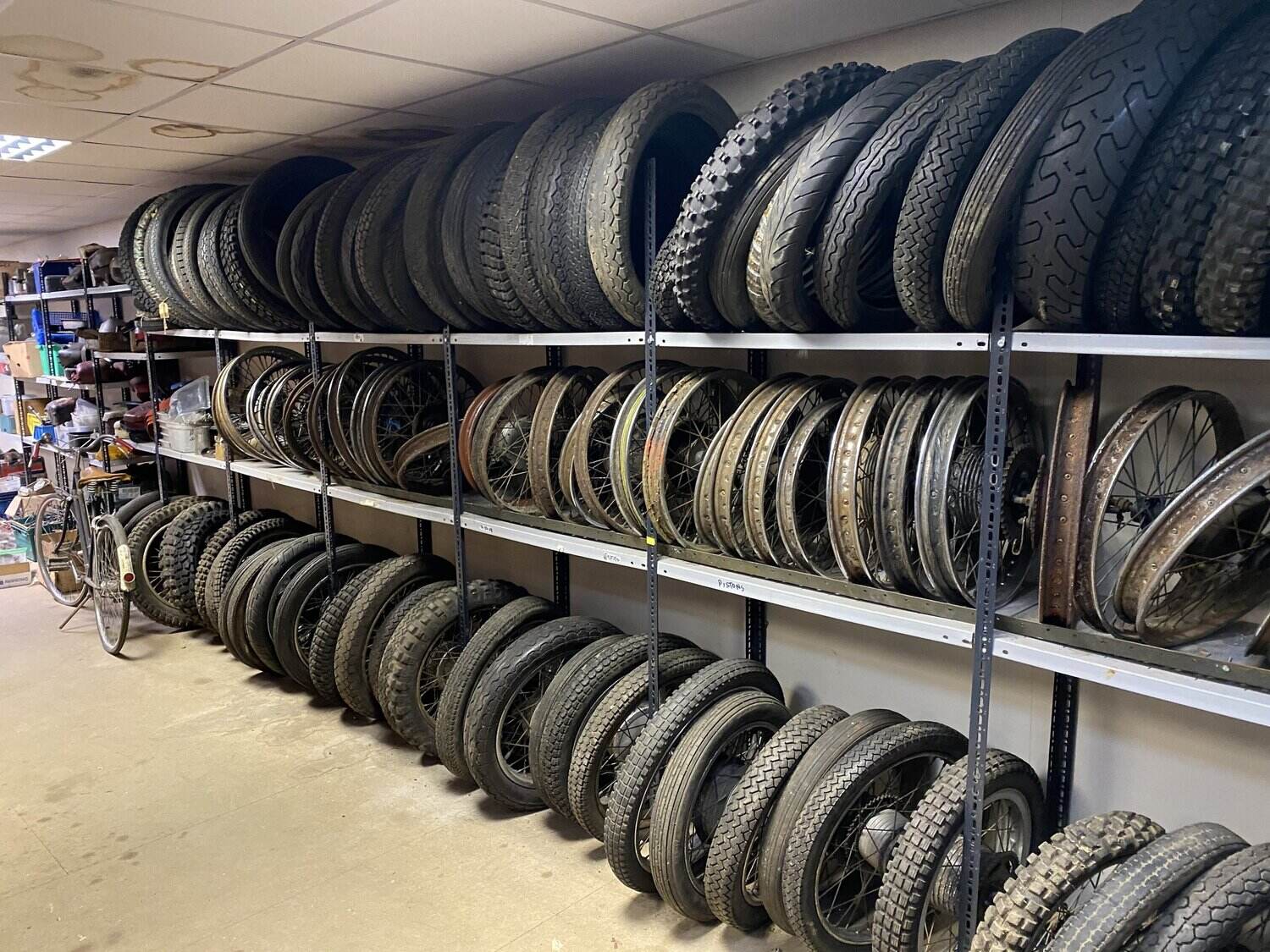
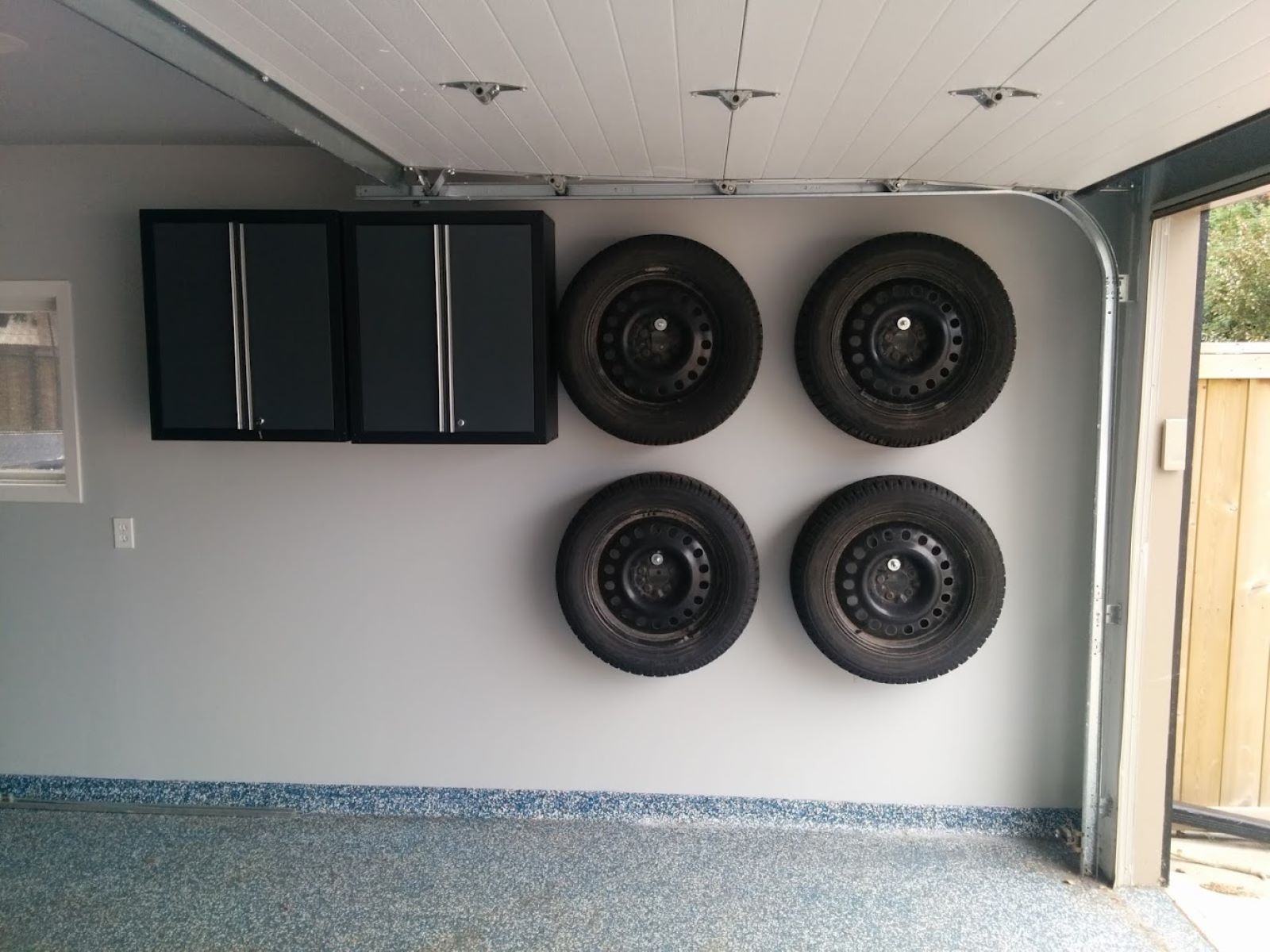
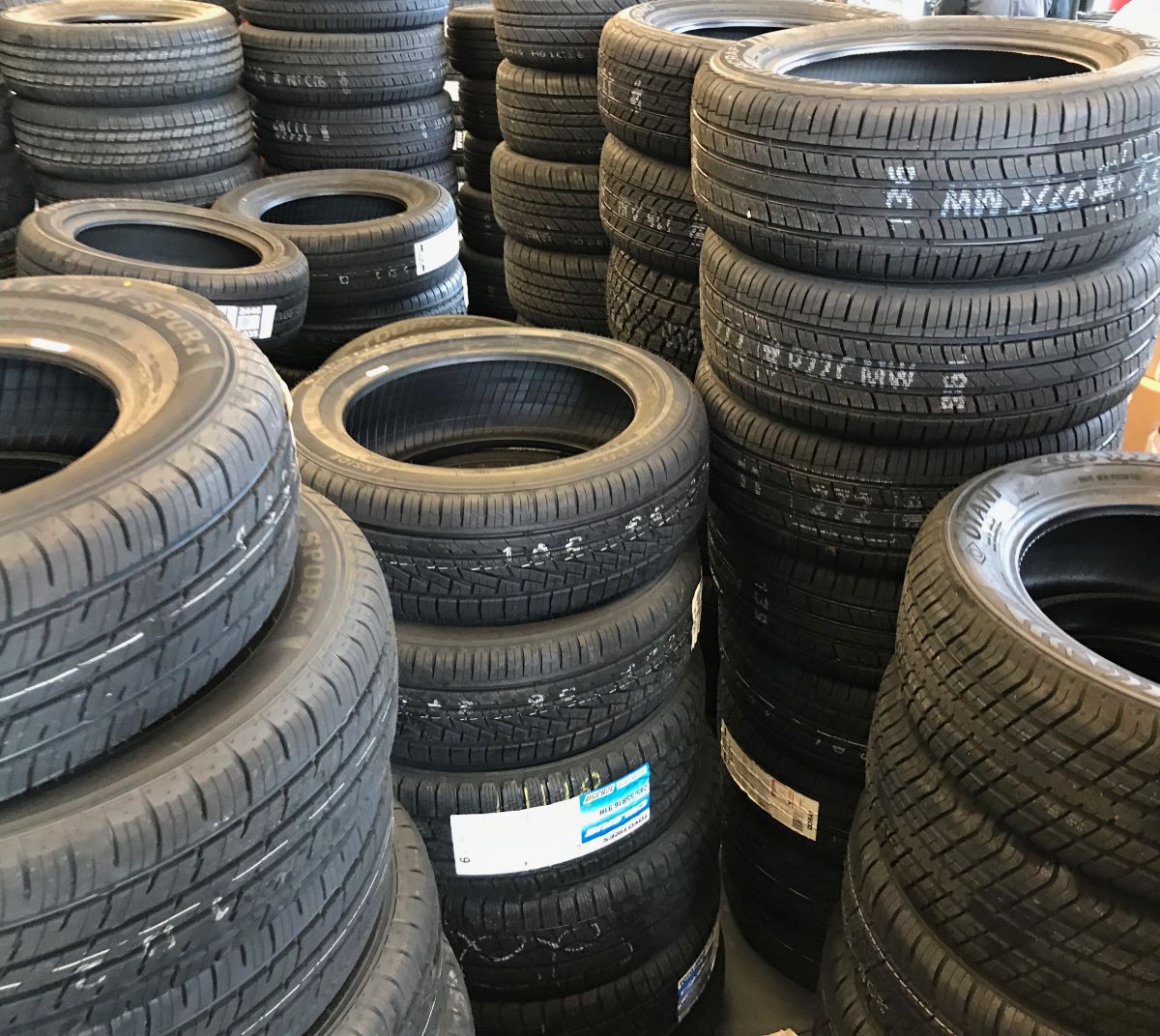
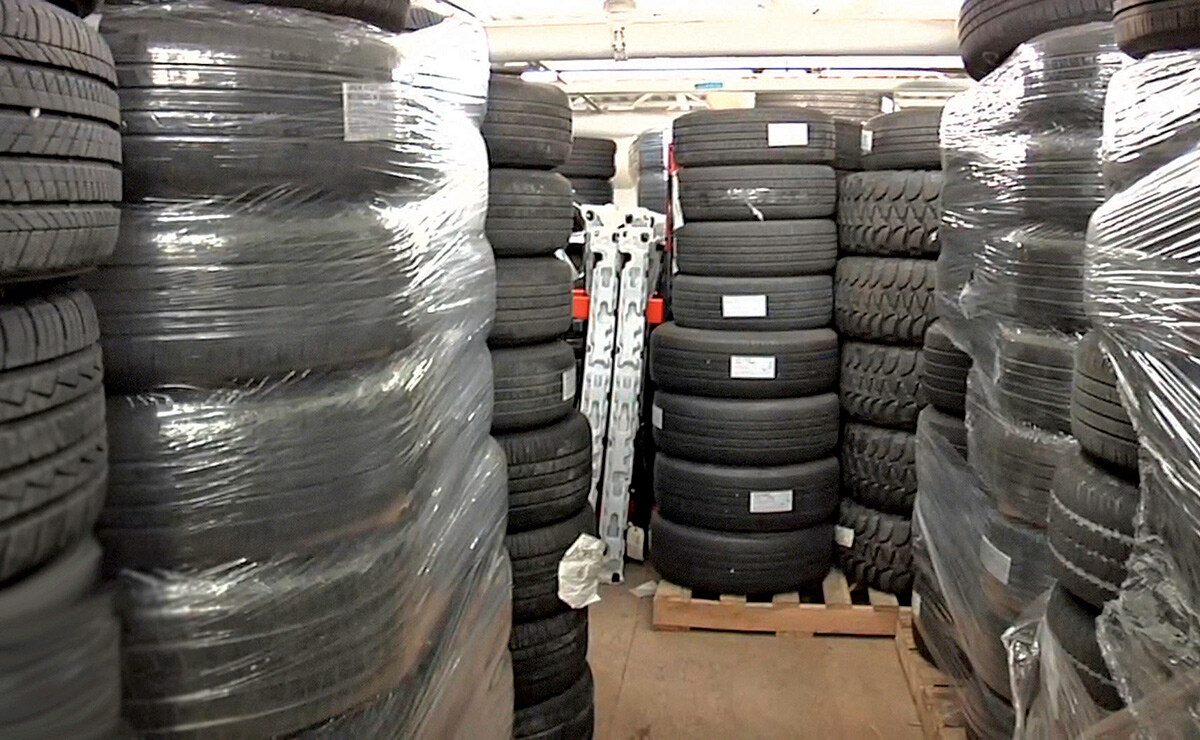
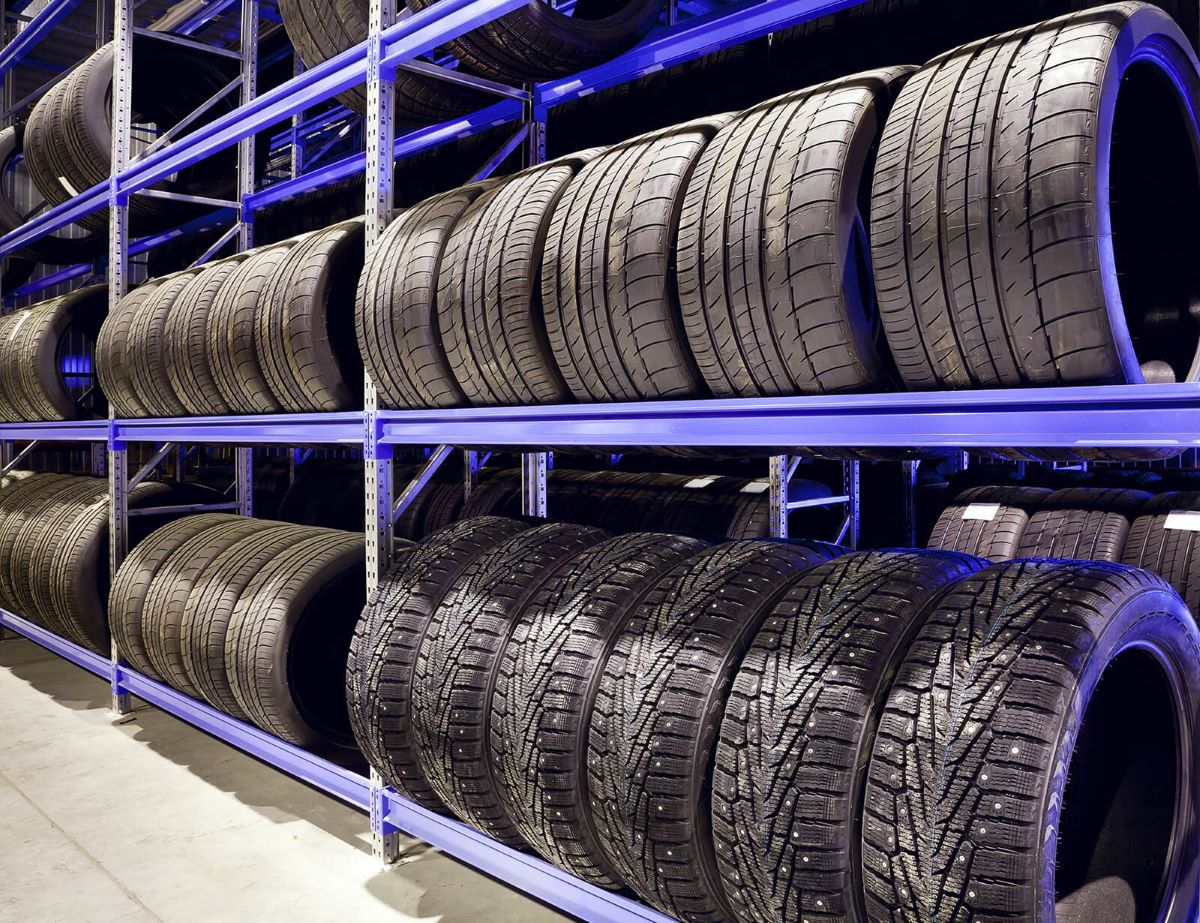
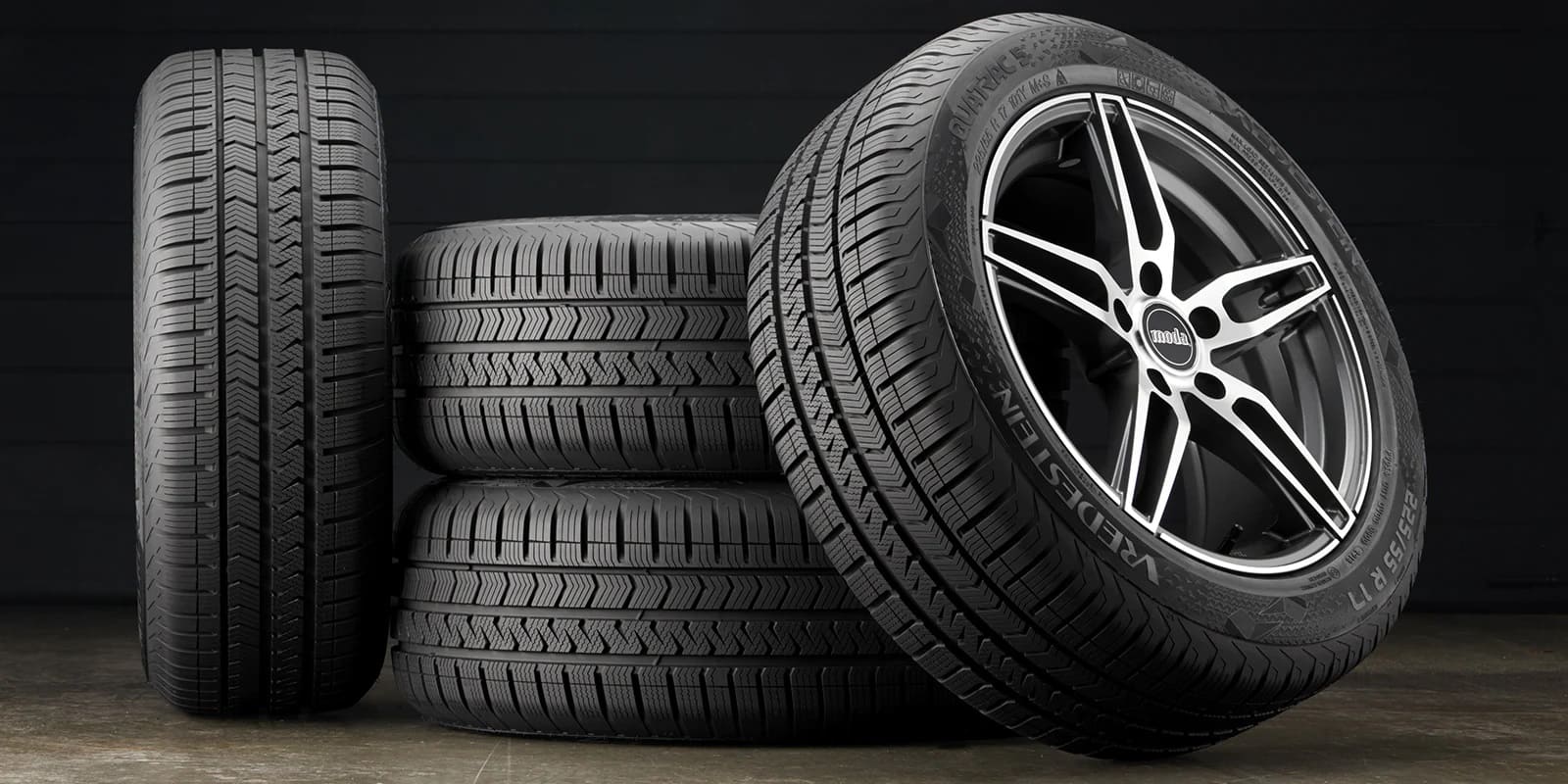
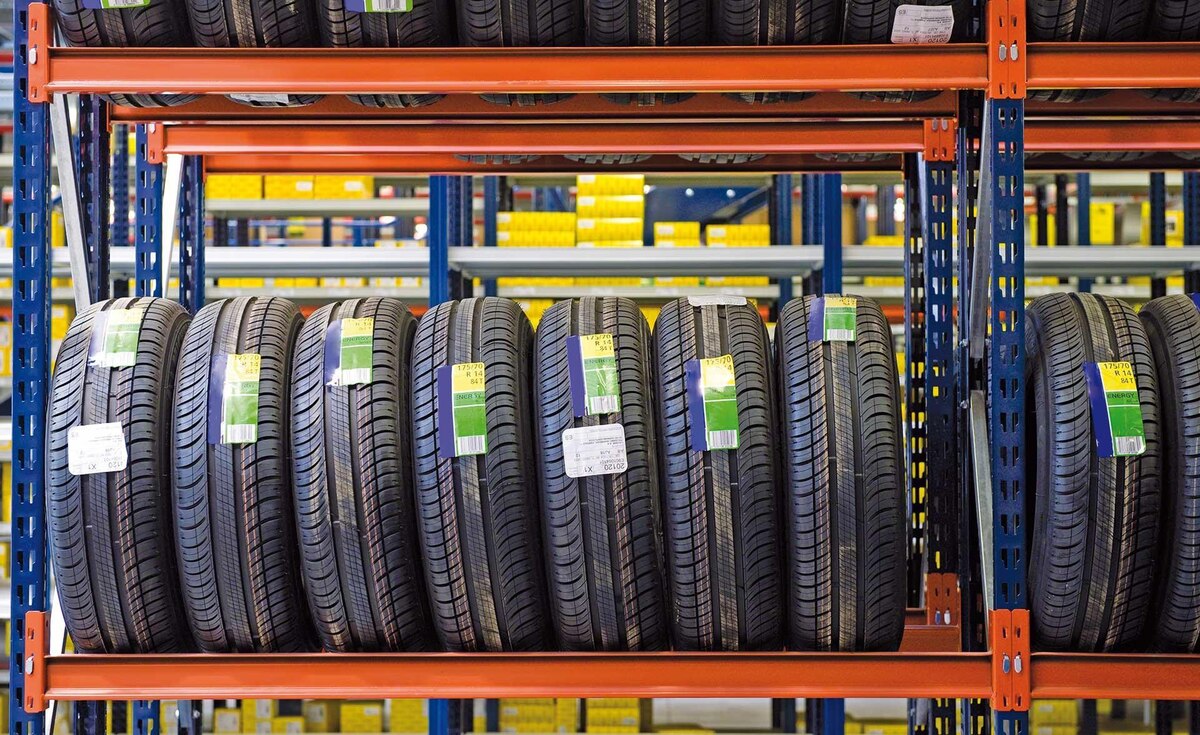
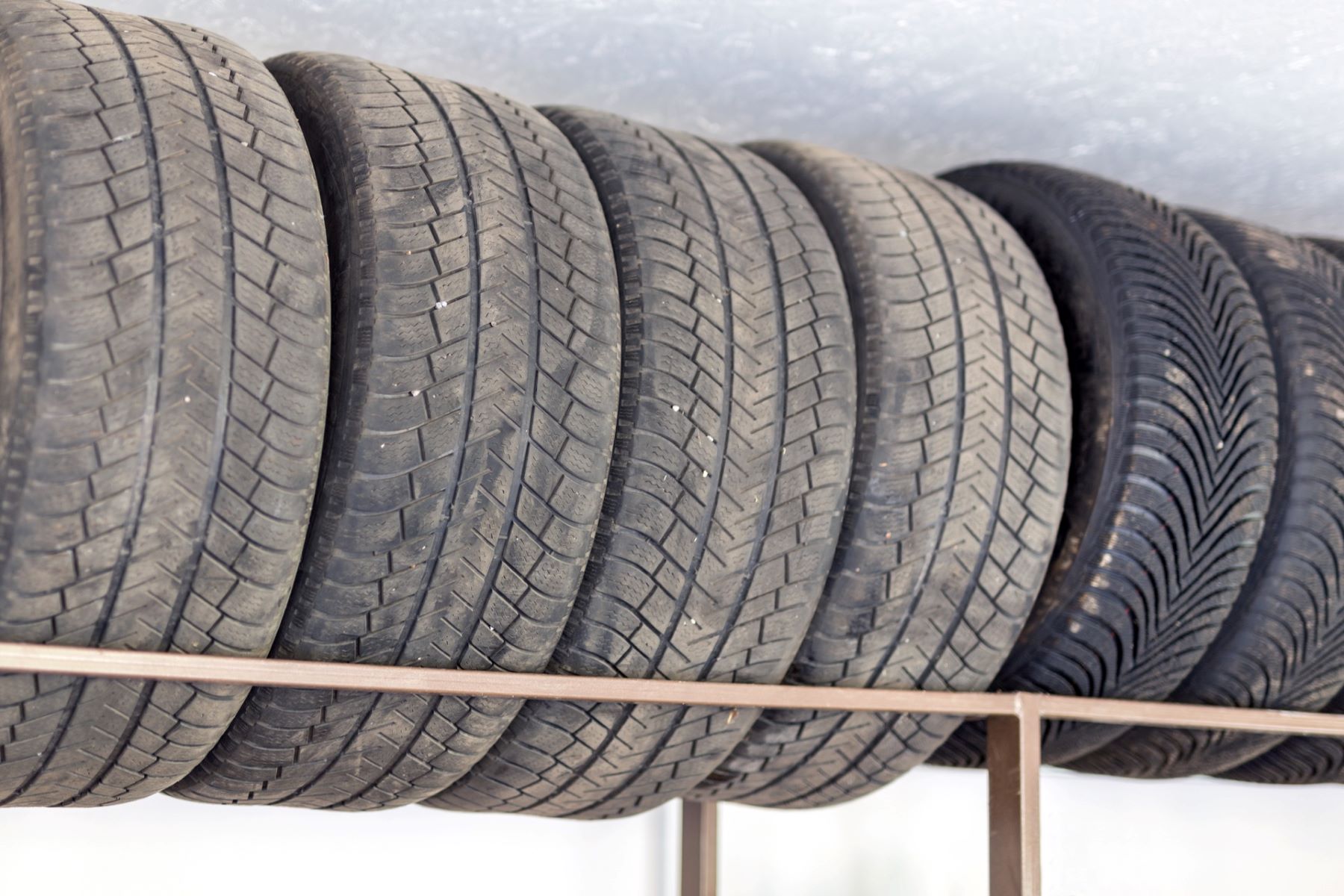
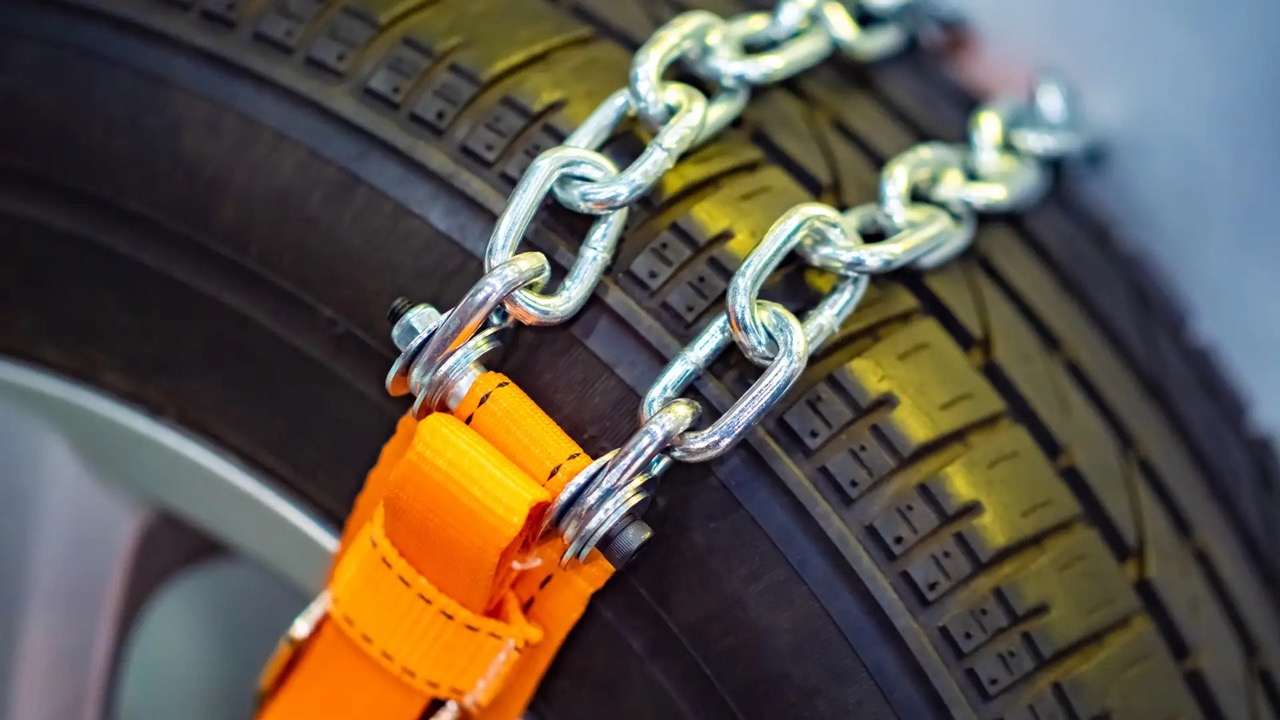
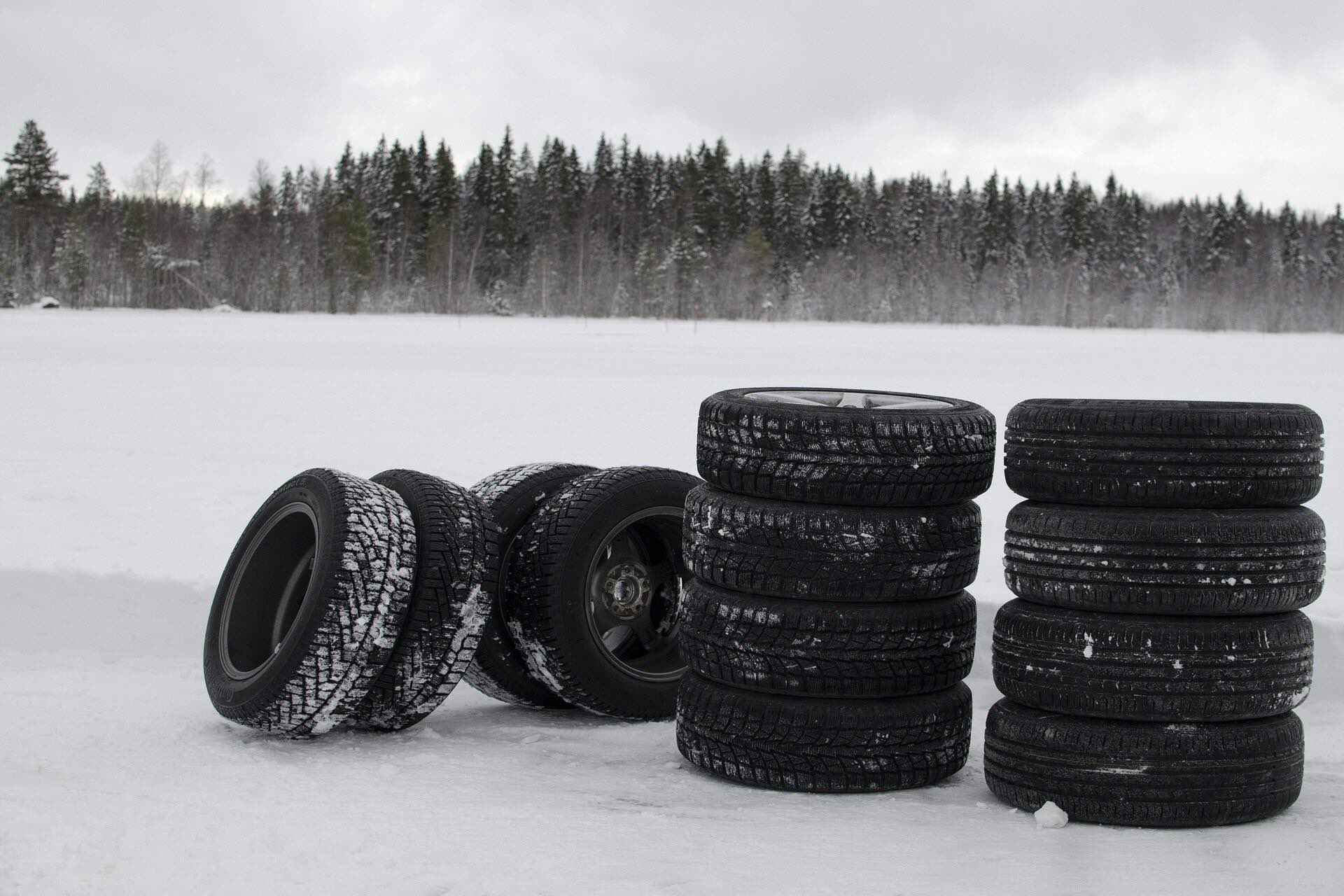
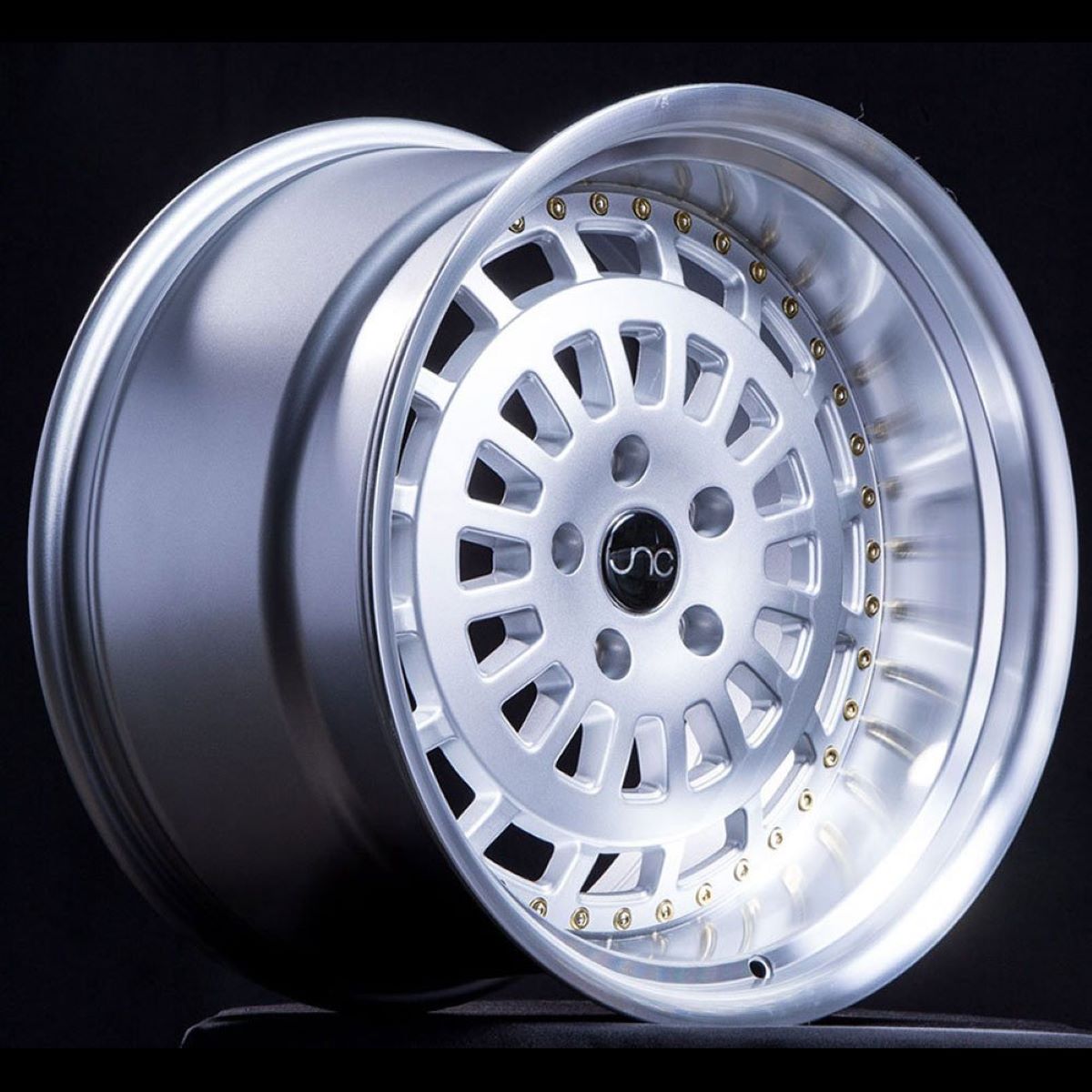
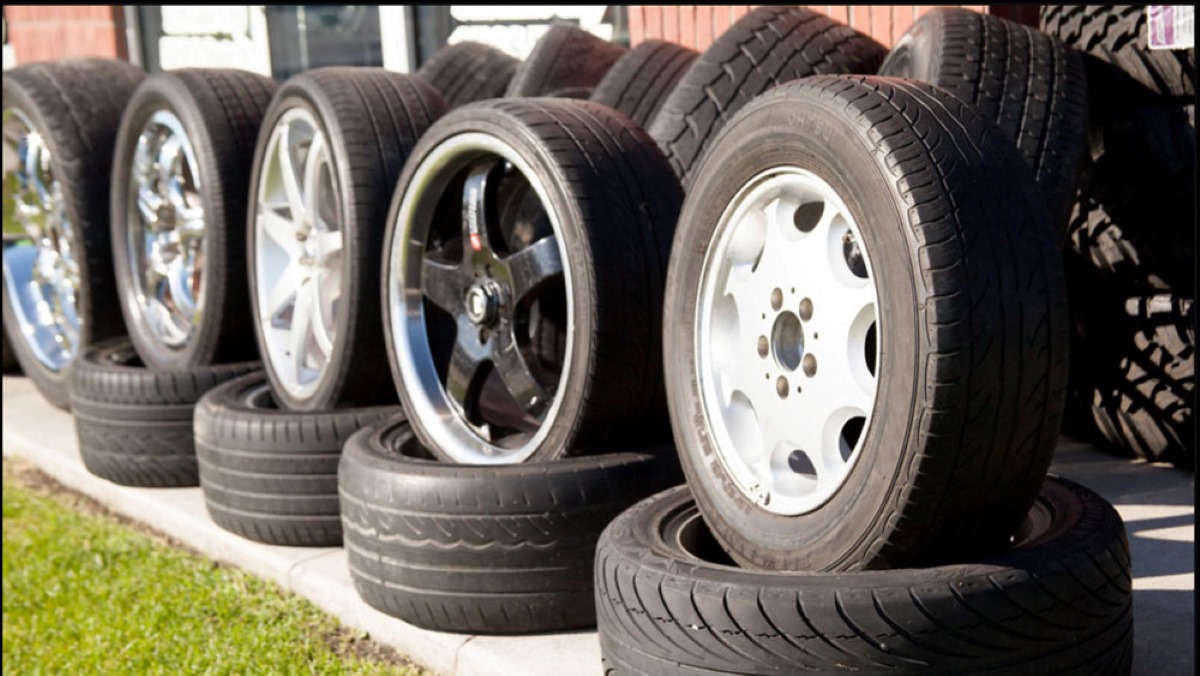
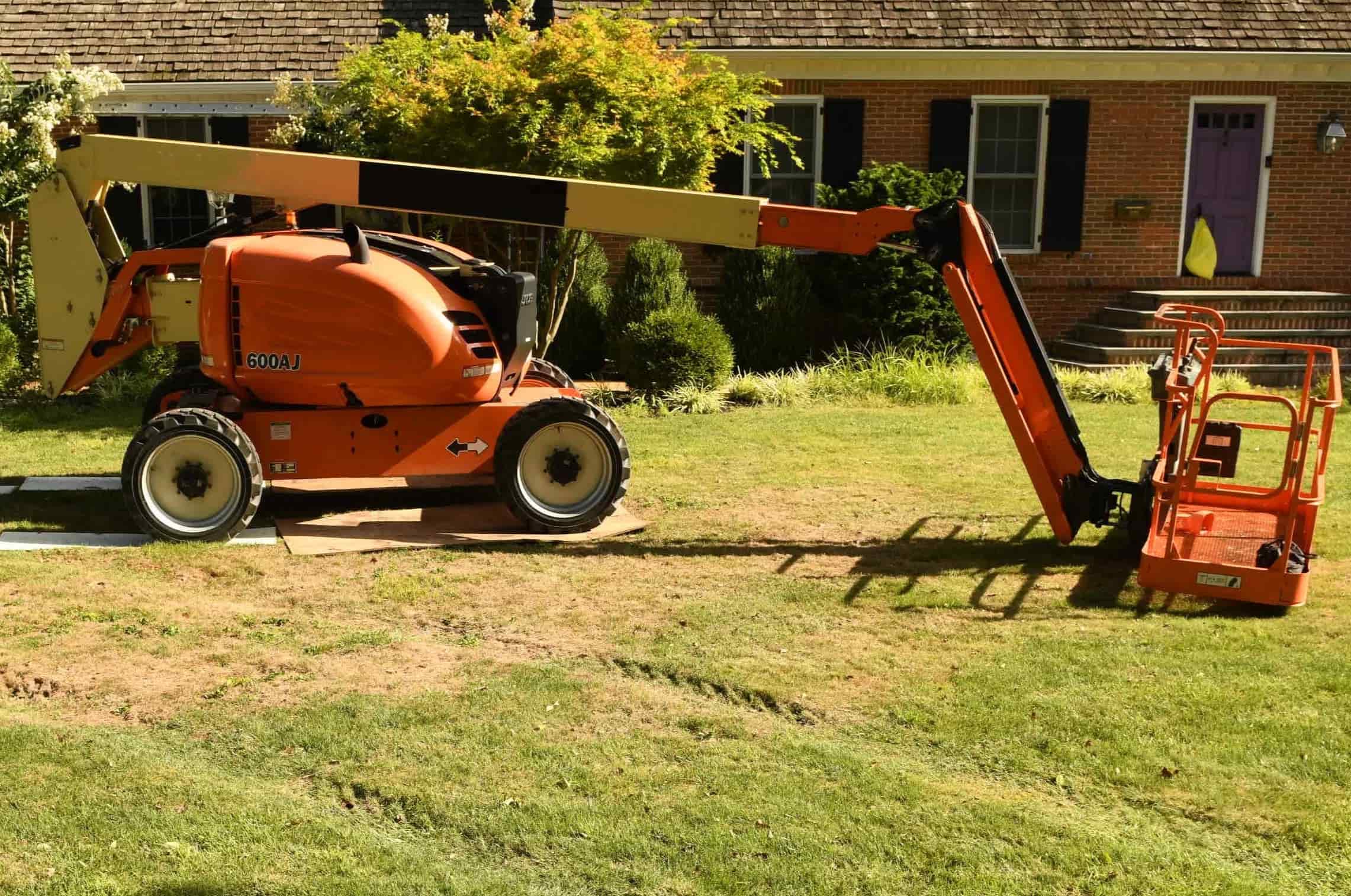

0 thoughts on “How To Store Mounted Tires”